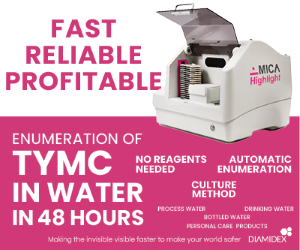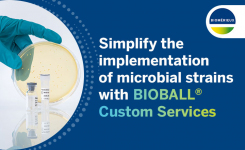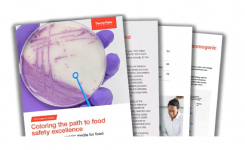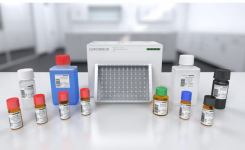A Swab is a Swab? - What do Microbes Say?
go back to news archives
A transport swab is essentially a kit, and has a vital role to play in the accurate and timely diagnosis of infectious disease. What about the bud? But the matter doesn't end there. Even with the correct material, some buds can be wound too tightly which results in bacteria being trapped and unable to be released for testing in the laboratory. Recent studies have shown this to be a significant issue. There has recently been interest in 'flocked swabs' where the bud is formed by small nylon fibres glued to a shaped plastic stick. These have the advantage of providing a large surface area for bacterial attachment, and can be shown to give excellent release of coloured dyes taken on to the bud in demonstrations. But bacteria are not coloured dyes! Unfortunately some are rather more sticky and actual release can be less than predicted. There have also been reports of lung disease attributed to flock fibre particulates. And the stick? Wood, wire, plastic? What's the difference? Well wood has the same problem as cotton, leaching fatty acids, particularly after irradiation. There is also the risk of breaking and splintering. Plastic such as polystyrene and polypropylene are ideal as they are inert in the transport medium, although it is important that the plastic sticks are not too brittle as this can represent a hazard to patient and clinician. Medical Wire does not use wood sticks or cotton buds for any of its transport swabs. Shafts are made from polystyrene, aluminium or nichrome according to intended application. Buds on our transport swabs (Transwab®, Transtube® & Virocult®) are rayon which has been shown to give the best results for live microorganisms. In addition, Medical Wire's transport swabs feature a 'bell cap' holder which provides protection for both user and specimen, and gives a double seal (inside and outside) to the transport tube. What about the medium? Stuart's, Amies, Cary Blair ...does that matter? These are the published formulations, but other factors are also important in determining the effectiveness of a particular medium. Reagents come in different grades, and impurities can have a deleterious effect on performance, particularly with fastidious bacteria. Some agars have a high bioburden which after manufacture is translated into high levels of non-viable organisms, and causes havoc with the interpretation of Gram films. Some charcoal materials are 'lumpy' also interfering with microscopy. Medical Wire uses agar from trusted sources, tested for low bioburden. Together with carefully selected analytical grade reagents this gives our medium the lowest possible (and industry leading) level of non-viable organisms. So if a swab is not just a swab, how do you choose? Firstly, use only swabs which are compliant with CLSI's M40-A standard. In 2003, CLSI (at that time called NCCLS) published its new standard for microbiological transport systems setting out criteria that both manufacturers and users can use to assess the suitability of a product for a particular application. It includes designated classes of microorganism, and requires products to be tested for the different transport conditions which may be encountered in practice. At present only a few manufacturers offer such products, although in some cases the M40-designated products are offered at a higher price. All Medical Wire's transport swabs (including Transwab®, Transtube® and Virocult®) are M40-compliant. Secondly, select a swab which is suitable for your application. A standard plastic shaft will be suitable for most purposes, but for nasopharyngeal specimens the swab shaft needs to be both fine and flexible (as with Medical Wire's pernasal shaft), while for ENT and urethral the shaft should also be narrow, but more rigid (as with our ENT products). Medical Wire's different swab shafts are identified by colour coded caps. Thirdly, do consider the ability of the swab bud to release organisms. Medical Wire's open weave bud allows good specimen collection, but also superior organism release, allowing optimum recovery and identification of pathogens in the specimen. For further information visit our website at:www.mwe.co.uk |
Source : Medical Wire & Equipment Co View Company Information
Posted on February 19, 2008
















